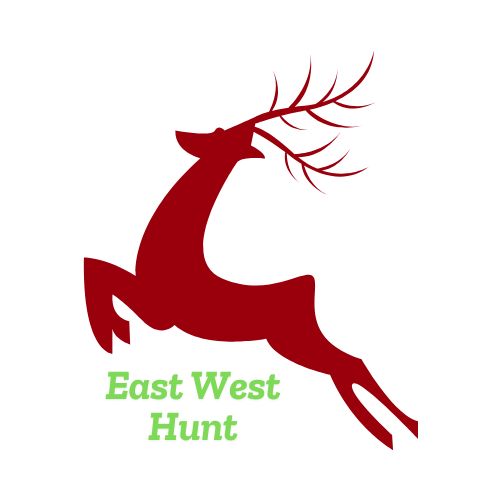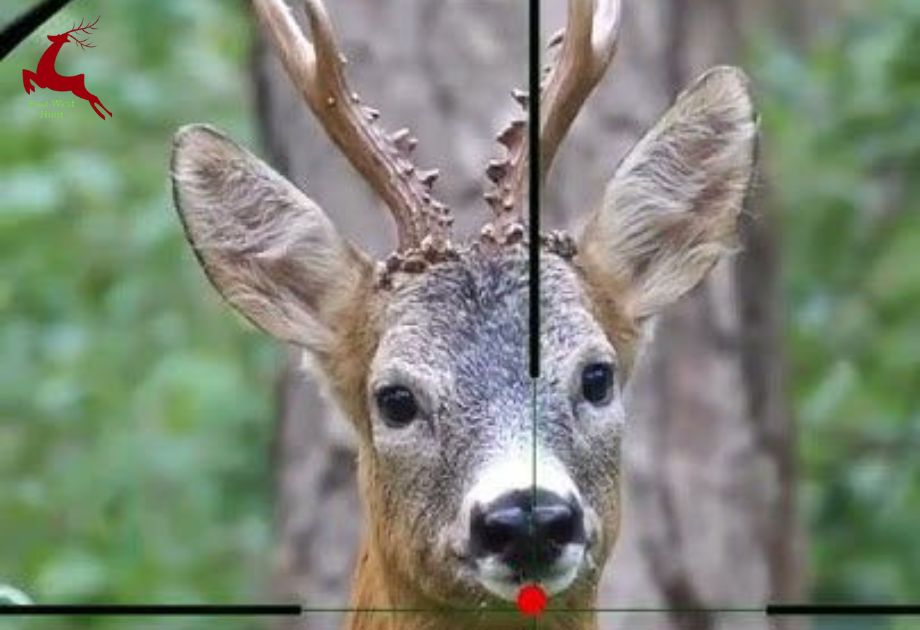Deer hunting is not just a sport—it’s a tradition for many people. It teaches patience, focus, and respect for nature. But if you’re new to it, it might feel a bit confusing. Don’t worry! This beginner’s guide will walk you through all the basics: from understanding the gear to learning the best times and places to hunt. By the end, you’ll be ready to step into the wild with confidence.
What Is Deer Hunting?
Deer hunting is the act of tracking and shooting deer for meat or sport. People hunt for many reasons—some do it for food, others for adventure, and some to help control deer populations in certain areas.
Choosing the Right Hunting Gear
1. Weapon Choice
- Rifle: Most common and beginner-friendly
- Bow: Needs practice but is quiet
- Shotgun: Useful in certain areas
Choose one that fits your comfort and local laws.
2. Clothing and Camouflage
Wear clothes that match the forest colors. Always dress in layers and wear hunter orange for safety.
3. Other Essentials
- Binoculars
- Hunting knife
- Backpack
- First-aid kit
- Deer calls and scent blockers
Learn Deer Behavior
Deer are smart and fast. Learning how they move, eat, and hide helps you become a better hunter.
- Deer feed early morning or late evening
- They avoid open areas during the day
- They have a great sense of smell and hearing
Understand the Hunting Area
Before you go hunting, study the land. Walk around, look for deer tracks, bedding areas, and food sources. Use maps and apps to learn the terrain. Ask local hunters for tips.
Best Time to Go Deer Hunting
- Early Morning (Dawn): Deer are moving to bedding spots
- Late Afternoon (Dusk): They are coming out to eat
- Seasons: Fall is the best time. Check your state’s hunting calendar.
Follow Local Hunting Laws
Each place has its own hunting rules. Some require licenses, some allow hunting only during certain months, and some have limits on the number of deer you can take. Always:
- Get a valid license
- Follow bag limits (how many deer you can hunt)
- Respect private property
Scouting: Finding Where the Deer Are
Scouting means finding places where deer are likely to be. You can do this by:
- Looking for deer tracks
- Spotting droppings
- Finding rubbed trees or bedding areas
- Using trail cameras
Scouting is important. It saves time during the actual hunt.
Controlling Your Scent
Deer can smell humans from far away. So, you need to hide your scent.
- Bathe with scent-free soap
- Store clothes in scent-blocking bags
- Use deer scent sprays
This will stop deer from running away before you even see them.
Tree Stands and Ground Blinds
These help you stay hidden.
- Tree Stand: You climb and wait on a high spot
- Ground Blind: A hidden tent-like setup on the ground
Both help you stay still and hidden until a deer comes close.
Staying Quiet and Patient
Deer hunting is not fast-paced. You must sit still and be quiet for hours.
- Don’t move unless needed
- Use soft deer calls
- Wait for the perfect shot
Patience is key.
Taking the Shot
When you see a deer:
- Stay calm
- Aim for the vital area (heart/lungs behind the front shoulder)
- Take a deep breath
- Squeeze the trigger gently
Only shoot if you’re 100% sure. A bad shot can injure the animal instead of killing it quickly.
What to Do After the Shot?
If the deer runs away:
- Wait 30–60 minutes
- Track slowly using blood trails
- Be respectful and gentle during field dressing (cleaning the deer)
Storing and Using the Meat
Deer meat is called venison. It is healthy and tasty.
- You can freeze it
- Cook into curries, stews, or kebabs
- Give to friends or donate to food banks (check local rules)
Keep Learning
Hunting is a lifelong skill. Watch videos, read books, and talk to other hunters. The more you learn, the better and safer you become.
Conclusion
Deer hunting may look difficult, but with the right knowledge, gear, and attitude, anyone can do it. Remember, it’s not just about shooting—it’s about connecting with nature, learning new skills, and being respectful to wildlife. Start small, stay safe, and enjoy the journey. Whether you’re hunting for food, fun, or tradition, your experience can be both exciting and meaningful.

